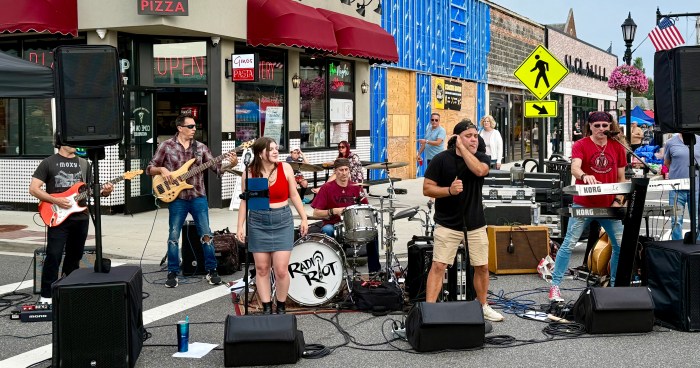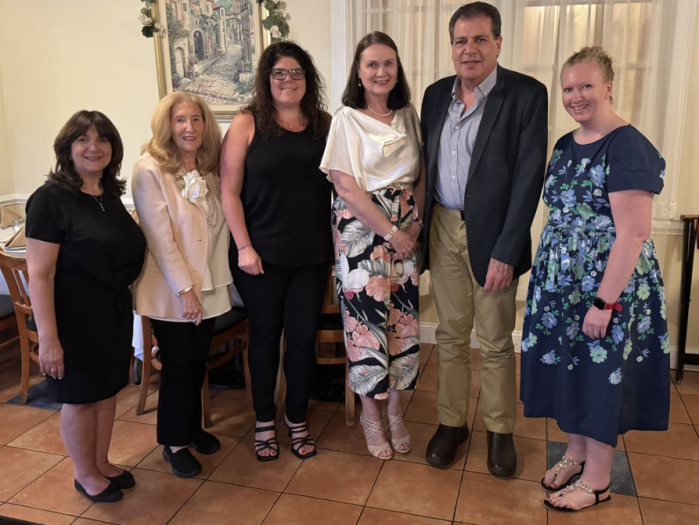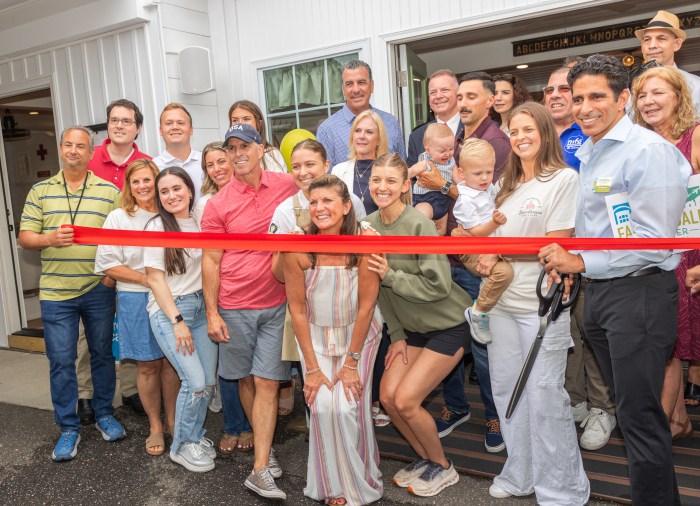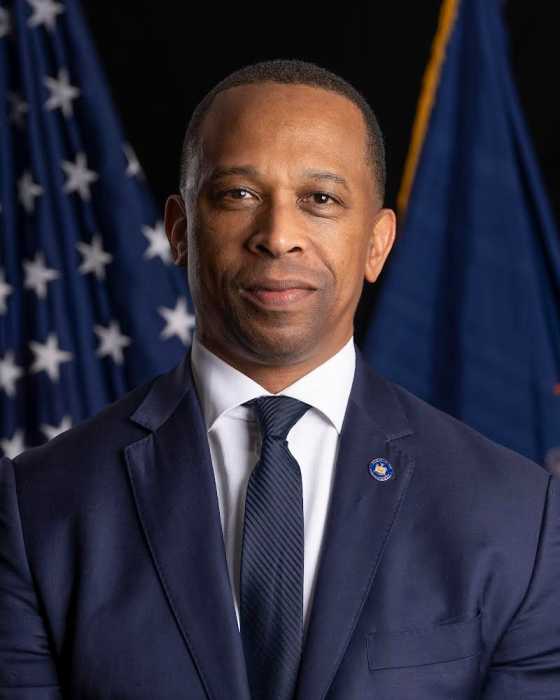New Solutions Needed to Put Transportation Infrastructure on Road to Recovery
There is an old saying that history repeats itself. But when that means that our highways start to resemble the rutted, pothole filled dirt roads seen in silent movies with Model Ts, we have a serious problem that requires new thinking and innovative solutions.
According to the state Department of Transportation (DOT), in 2009, the state replaced or rehabilitated only 40 percent of the bridges and 57 percent of the lane miles that needed repair or replacement because there was not enough money to pay for the work. It’s estimated that it will take $250 billion over the next 20 years to fix New York’s transportation infrastructure.
Simply put, the need for road and bridge repair and replacement is much greater than the amount of money available. People are driving more fuel-efficient vehicles and they are not driving them as much. This has caused a dramatic shortfall in gas taxes and other revenues used to fund transportation projects. While revenues declined, the cost of building and repairing roads has continued to increase.
The one-time infusion of federal stimulus funds helped New York and other states pay for many projects, but only masked the problem that the traditional system of financing infrastructure work is no longer sustainable.
We cannot ask taxpayers to pay more. Instead, New York must explore innovative funding sources. The answer could be turning to public-private partnerships and a state infrastructure bank. Let’s look at a lesson from history again.
In 1908, ground was broken in Bethpage, Long Island for one of the nation’s first high-speed, concrete highways, complete with bridges and overpasses. The Long Island Motor Parkway eventually stretched east from Queens to Suffolk County. This modern marvel of the 20th century was privately financed, privately built and finished on time.
Now, 29 states and Puerto Rico have enacted laws to authorize public-private partnerships for highway and bridge projects. New York should join them.
Public-private partnerships (P3s) enable governments to partner with the private sector in the design, construction and financing of transportation projects. Given the private sector’s vested financial interest in completing projects on time and under-budget, P3s often perform more efficiently than their counterparts and save money. The federal government has encouraged states to turn to P3s for these reasons.
In addition, New York should explore creating a state infrastructure bank. This would serve as a revolving, low interest loan program available to governments and private businesses to pay for infrastructure projects. Interest paid on these loans would generate a recurring, self-sustaining revenue source to fund future projects.
Challenging problems demand creative solutions. People don’t want more taxes and tolls, nor do they want more potholes or crumbling bridges. However, we can turn to the private sector for help and create a new financing mechanism to ensure that, when it comes to having a safe, reliable and well-maintained transportation infrastructure, we make history instead of repeating it.
Senator Fuschillo is Chairman of the New York State Senate’s Transportation Committee.

































